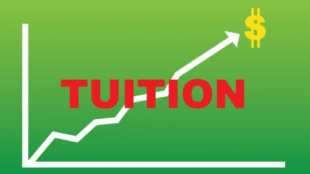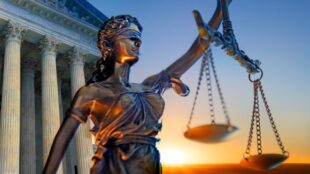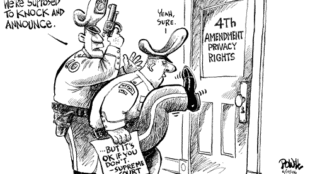Stockholders Rejoice: The Changing Landscape of Section 220 of the Delaware General Corporation Law
(Source) Delaware is king of the corporate world. More than half of all publicly traded companies on U.S. stock exchanges, including two-thirds of the Fortune 500, are incorporated under Delaware law; more than 300,000 of these companies, including corporate behemoths such as Coca-Cola and Verizon, list the same building as their address of incorporation. Though there is a robust body of scholarship exploring whether Delaware will be ousted from its throne of corporate dominance, the nation’s second smallest state remains, and will likely remain for the foreseeable future, the destination of choice for the vast majority of businesses seeking to incorporate in the United States. Delaware likely would not maintain its position of corporate dominance were it not for the internal affairs doctrine. The internal affairs doctrine mandates that the internal affairs of a corporation—such as the way that a corporation’s shareholders vote on its board of directors—be governed by the laws of the state in which a corporation is incorporated. The judges who interpret the Delaware General Corporation Law (“DGCL”), the statute that sets the rules of corporate governance for the hundreds of thousands of corporations who call Delaware home, thus serve as some of the nation’s preeminent regulators [read more]










